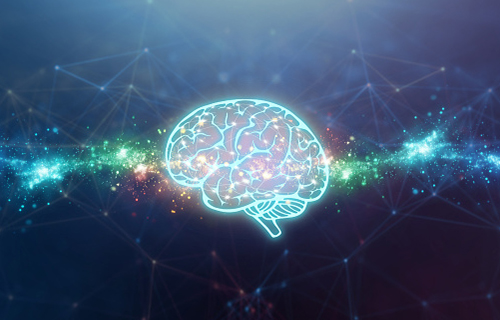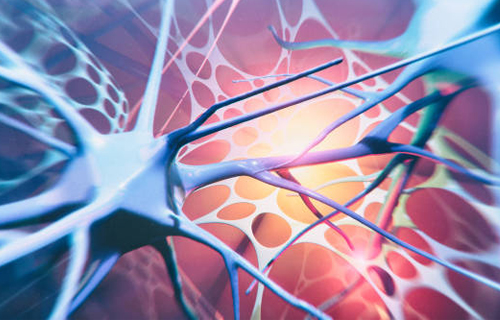
By studying the brain mechanisms involved in learning, scientists discovered new findings. Findings show that social norms stimulate these mechanisms. Scientists consider these findings essential and emphasize a lot about this issue. They emphasize proper behavior with all society members; the club is a lot against social collapse. Continuing this article on the Neuroscience Network, we will discuss the brain mechanism involved in learning and the research done and examine scientists’ research.
Who studied and researched brain mechanisms involved in learning?

Today, many scientists are studying and researching the brain and brain systems. Pavel Bogdan started the research on brain mechanisms involved in learning. Pavel Bogdan is a graduate student at the University of Illinois at Urbana-Champaign. Led by U.I. psychology professors Florin Dolkos and Sanda Dolkos, Bodeghdan researched at the Institute of Advanced Science and Technology. They reached exciting and practical results with successive experiments and research.
The researchers asked the participants to play a modified version of the “ultimatum game” to understand better and process their research. Considering its unique rules, this game could help researchers a lot to continue their research, and researchers took advantage of this opportunity.
How to play and the rules of the ultimatum game

In this game, one of the players offers to divide 10 dollars to another person. At this moment, the other player has two choices: accept the offer or give a negative answer to the first person. Further, if the answer is harmful to the other party, neither of the two people will receive money.
According to Florin Dulkos, the game rules are to maximize personal profit and to continue the game, and players must take a logical path. On the other hand, Florin did not believe in this matter and said: If people feel that the other party’s offer is unfair, they will not accept it because they decide to punish the other party even if it is to their detriment.
During this experiment, the participants carefully played the game without knowing they were interacting with a computer. Florin Dolkos explain the reason for this issueFlorin Dolkos explains the reason for this issueFlorin Dolkos explain the reason for this issueFlorin Dolkos explains the reason for this issue. Florin Dolkos explain the reason for this issue. Florin Dolkos explain the reason for this issue. He says: these interactions simulate a society and show how cooperative relationships are formed and maintained. This experiment aimed to understand better the brain mechanism involved in learning.
The main goal of researchers is to form the game.

Human behavior is formed indirectly by observing the movements and speech of other people. This is an incentive to imitate the behavior of others, which you have most likely experienced. Nervous systems store it by processing the behavior of others. But the critical question is how to process and store.
To answer this question, the team placed electroencephalograms to track the electrical activity in the participants’ brains while playing the game. Electroencephalography, or EEG, records the brain’s response at a very high speed. Sanda Dolkos said to this research: We evaluated how the participants responded to the suggestions, but our primary goal of this research was something else. We were looking for patterns of brain activity that imitate others and brain mechanisms involved in learning.
Game results and research related to brain mechanisms involved in learning

With the continuation of this game, exactly what happened that Budgedan was looking for. Participants made decisions based on the applied suggestions. They became more generous if they received a great offer and just as selfish if they received a selfish offer.
Bodegan reported the results of these experiments as follows: the brain system involved in learning is guided in both ways to change behavior. To understand the perspective and mentality of others, one should consider the people with whom they are related. This can solve many problems and be a way to continue neuroscience research.

